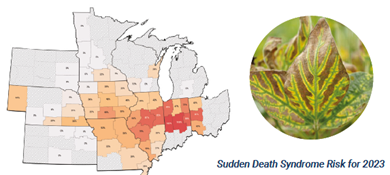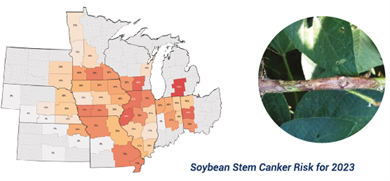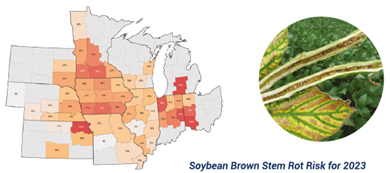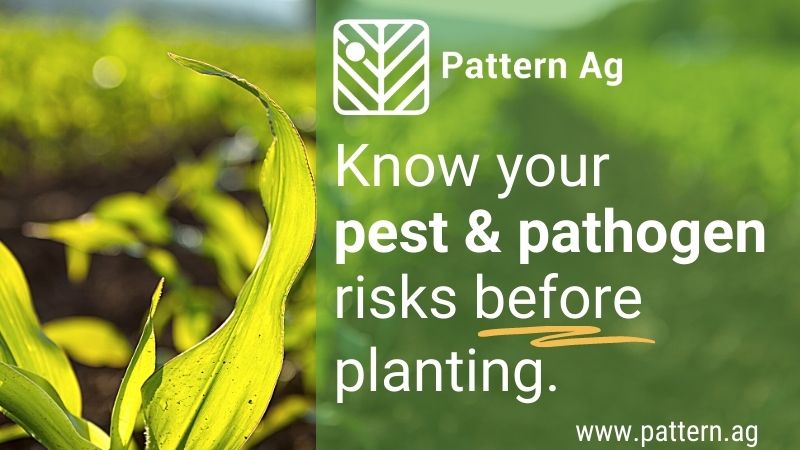Don’t Take A Gamble With Your Soybeans

Is Sudden Death Syndrome (SDS) really sudden death, or could it be a case of mistaken identity? What if I told you that not all soybean diseases that look like SDS symptoms are SDS? Misdiagnosis can be a big problem for growers because each soybean pathogen requires different management interventions.

A misdiagnosis can lead to unnecessary expenses and ineffective treatments, which can compromise the entire crop. So, let’s talk about two other soybean pathogens that can have similar foliar symptoms to SDS: Soybean Stem Canker and Brown Stem Rot. These diseases are promoted by higher soil moisture, although SDS shows up the most in regions with warm summers and moist spring soils.

Because Soybean Stem Canker is a disease that often develops early in the season, affecting soybean plants at the base of the stem. The initial symptoms are small, yellow spots on the leaves, which can easily be mistaken for SDS. The disease can then progress into a canker on the lower stem, which causes the plant to lodge. Yield losses of up to 50% have been reported in severe cases.

Brown Stem Rot is another disease that can be easily confused with SDS. It is caused by a fungus that infects the stem and roots of soybean plants, leading to brown discoloration. Symptoms include yellowing of leaves or could become discolored and die. You’ll most likely find Brown Stem Rot in fields high soil moisture levels, and is more common in no-till or reduced tillage systems. This disease can lead to significant yield losses, especially in those years with higher moisture levels.
Because these two diseases look just like SDS, it’s important that you are correctly identifying the diseases so you can plan your crop protection. For instance, SDS management requires planting resistant varieties, avoiding planting in fields with a history of SDS and implementing good drainage practices. In contrast, managing Soybean Stem Canker involves planting resistant varieties, crop rotation, and tillage practices that bury crop debris, while managing Brown Stem Rot may require planting resistant varieties and rotating with non-host crops.

But how can a grower know which soybean disease is present in their fields? This is where Pattern Ag’s predictive Complete Bio analysis comes in. The Complete Bio is a diagnostic tool that detects specific soybean diseases before planting, allowing growers to make crop protection choices based on the results. The Complete Bio uses DNA analysis to identify soil-borne pathogens, giving growers a better understanding of their crops’ risks and potential threats.
Complete Bio is an innovative approach to crop management, providing growers with a yield advantage and helping them protect their crops against disease. The Complete Bio not only informs on soybean diseases but can also detect corn pests and pathogens, root rots, and more. This diagnostic tool allows growers to make informed decisions before buying any inputs, helping them save money and increase their yield potential.
To learn more about Pattern Ag’s predictive analysis or to read the entire study that was done on the misdiagnosis of soybean pathogens, go to www.pattern.ag and download the 2023 Predictive Ag Report.